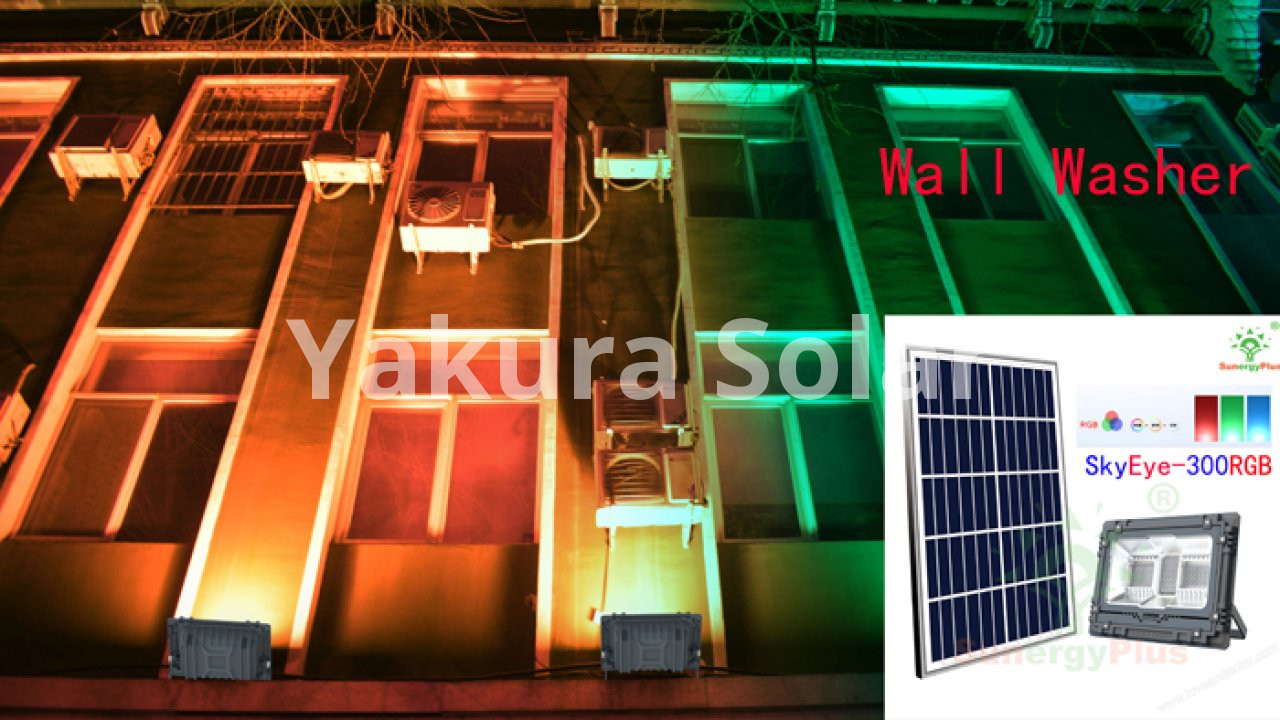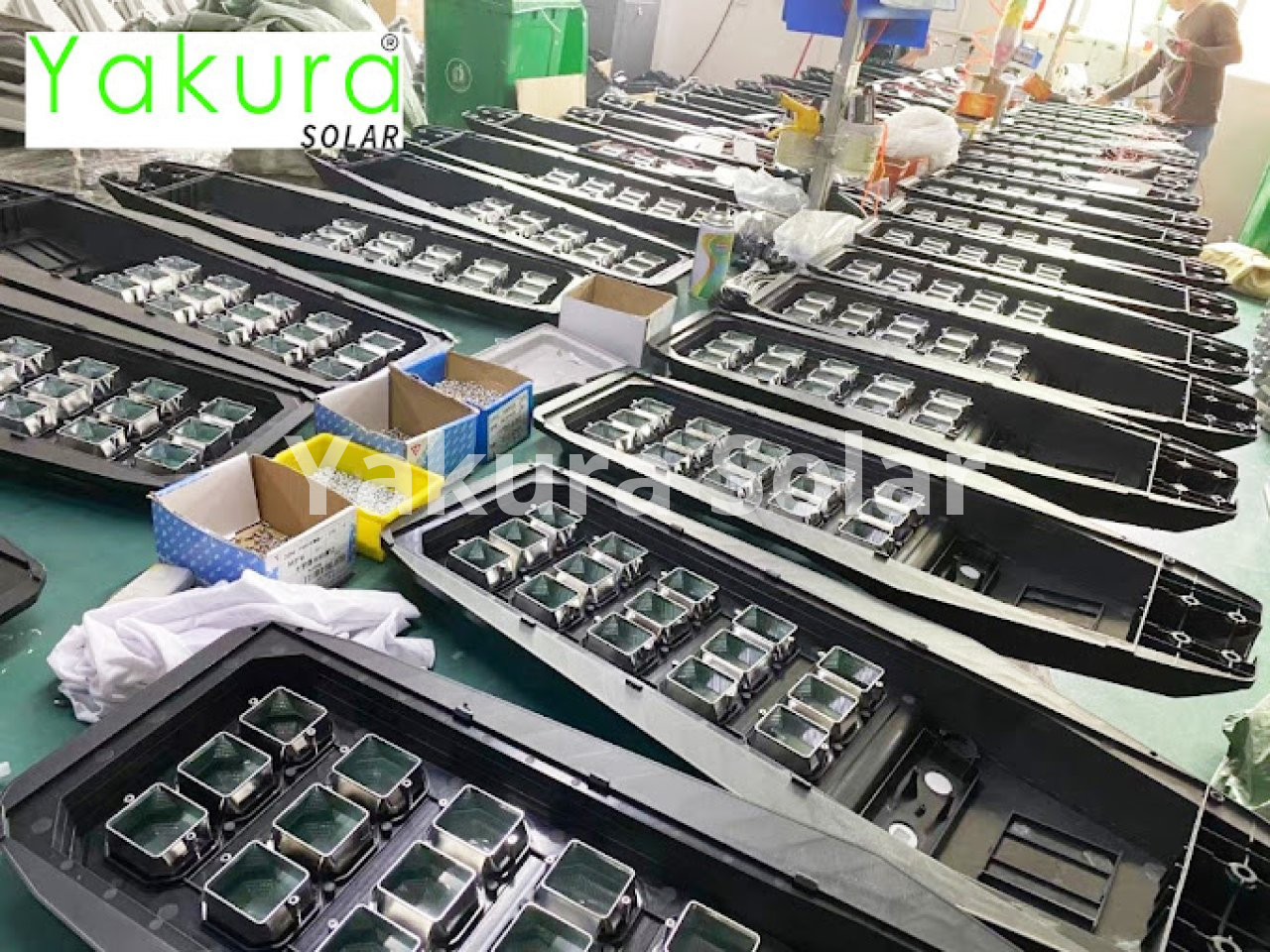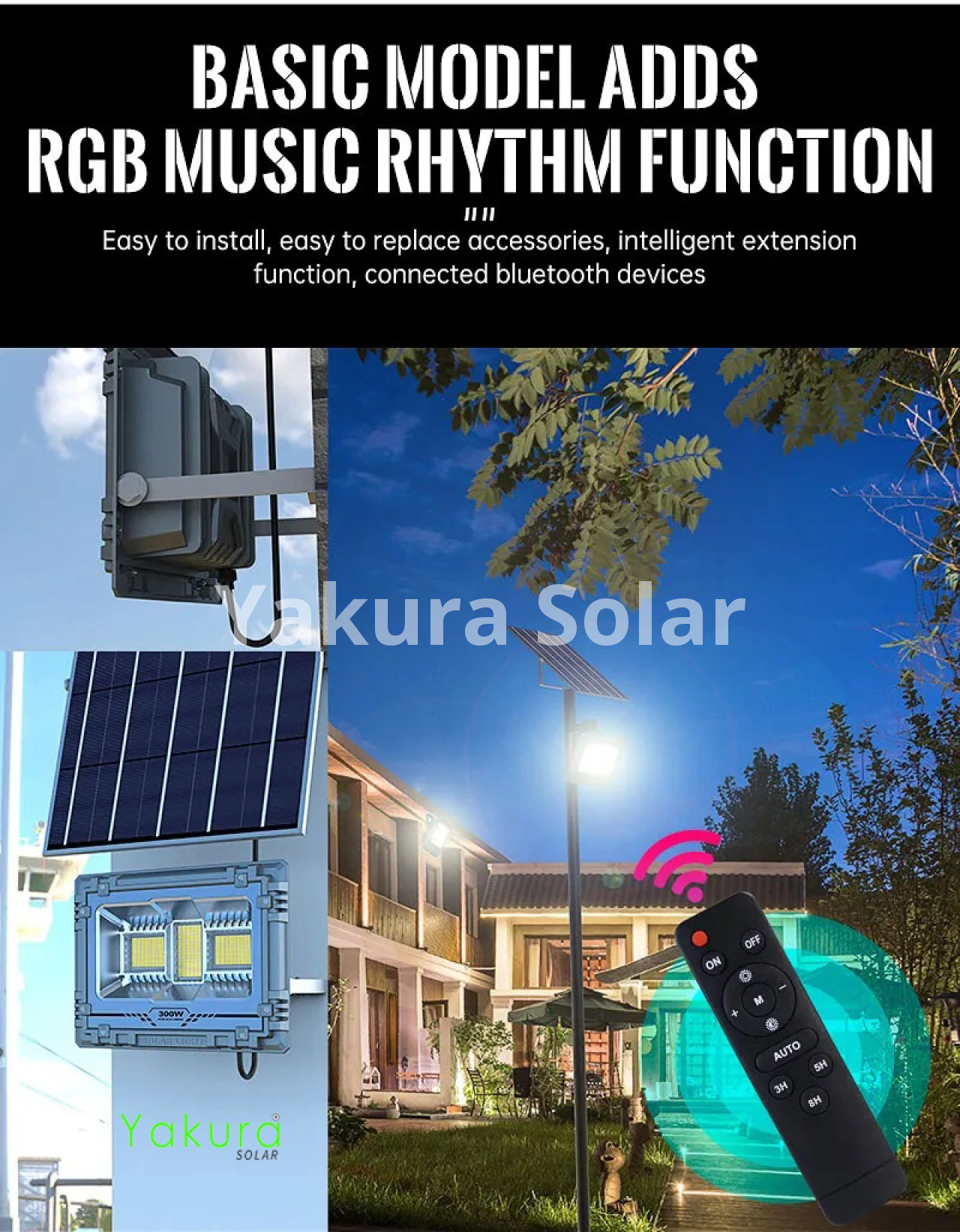Solar Street Light in Chilakaluipet

YAKURA SOLAR - SOLAR STREET LIGHT
Here are the key components and features of solar street lights:
-
Solar Panels: These panels are typically mounted on top of the street light or on a nearby pole to capture sunlight. The solar panels convert sunlight into direct current (DC) electricity.

-
Battery Storage: Solar street lights have rechargeable batteries to store the electricity generated during the day. This stored energy is used to power the LED lights during the night or when there is insufficient sunlight.
-
LED Lights: Light-emitting diode (LED) technology is commonly used in solar street lights due to its energy efficiency and durability. LEDs provide bright and focused illumination while consuming less power than traditional lighting technologies.
-
Controller: The controller is a crucial component that manages the charging and discharging of the battery. It ensures that the battery is charged optimally during daylight hours and that the lights are turned on/off at the appropriate times.

-
Pole: Solar street lights are mounted on poles, which can vary in height depending on the specific lighting requirements and location.
-
Sensor and Automation: Many modern solar street lights are equipped with motion sensors or light sensors to detect movement or changes in ambient light. This allows the lights to adjust their brightness or turn on/off based on the surrounding conditions, contributing to energy savings.
-
Durability and Weather Resistance: Solar street lights are designed to withstand various weather conditions, including rain, wind, and extreme temperatures. The components are often sealed to protect them from environmental factors.
-
Installation and Maintenance: Solar street lights are relatively easy to install compared to traditional grid-connected lights, as they do not require extensive wiring. Maintenance is generally minimal, with periodic checks of the solar panels, batteries, and lights.
The use of solar street lights has become increasingly popular in urban and rural areas, contributing to energy conservation and sustainability goals. They are commonly used for street lighting, parking lots, pathways, parks, and other outdoor public spaces.


